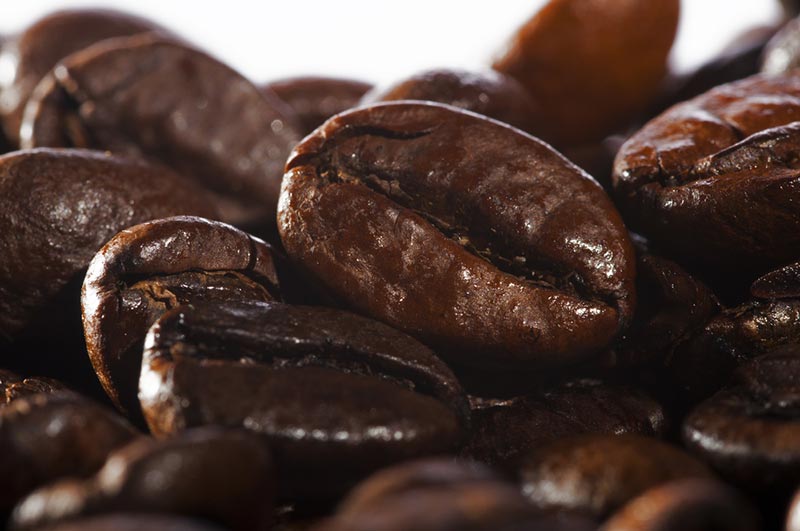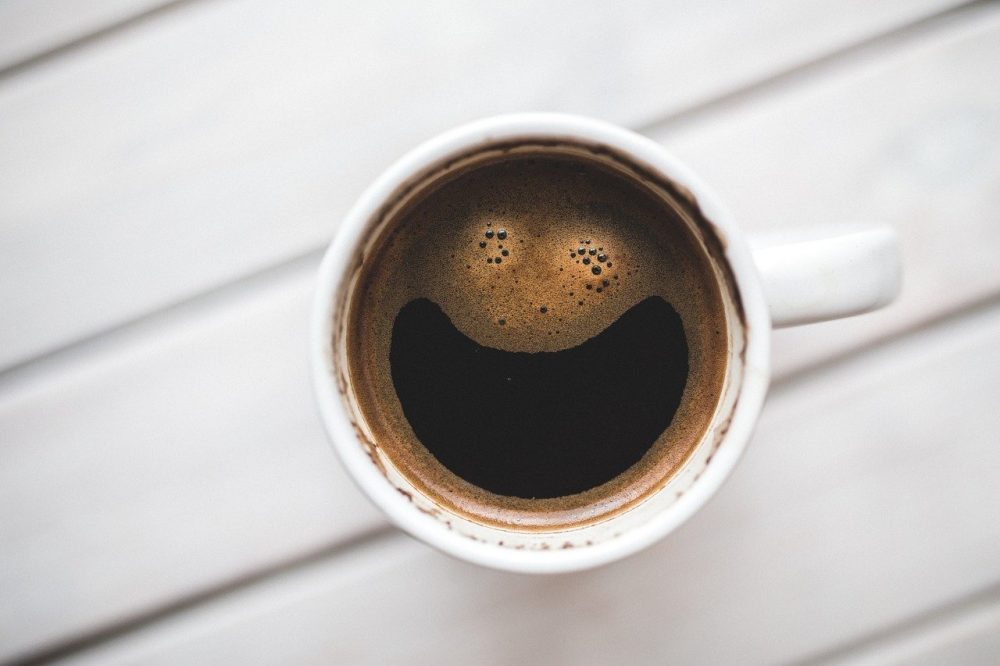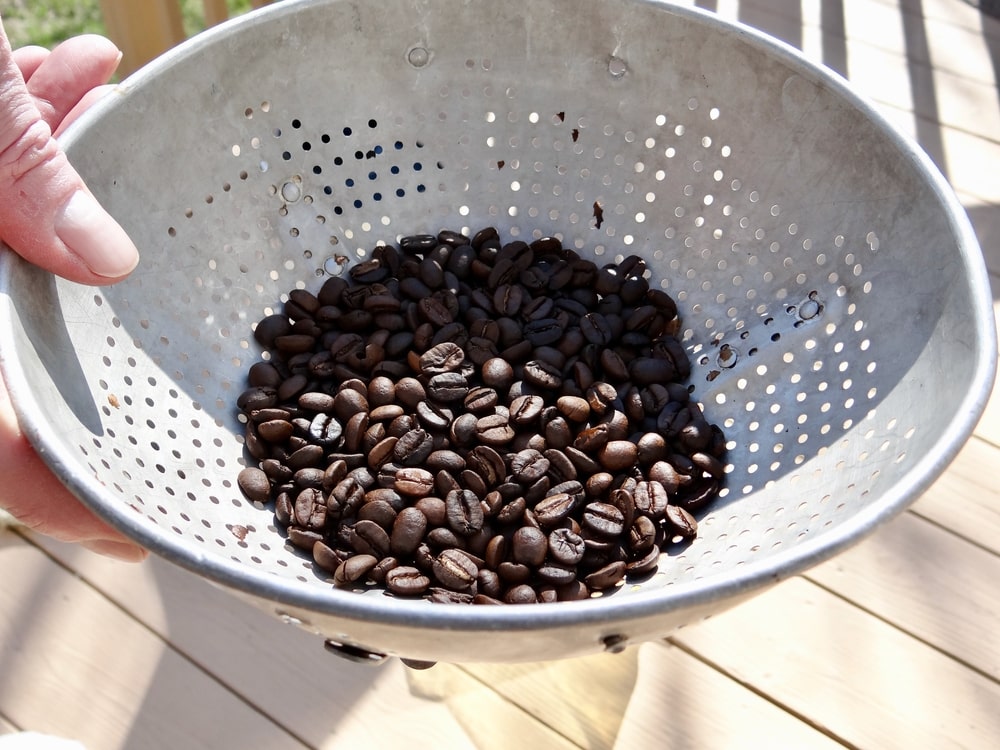
If you’re an avid coffee drinker, you probably know quite a bit about coffee and even how it is made. However, many coffee drinkers have no idea what coffee torrefaction is.
Torrefaction is a way to roast coffee beans that was originally developed in Portugal, Spain, and France. This method of coating the beans in sugar is said to make the coffee last longer and preserve the flavor as well, which is something all coffee drinkers can appreciate.
If you’re unsure of what coffee torrefaction is, we’ll go into everything we could find about the coffee, the process, and the method in the guide below.

What Is Torrefacto Coffee?
Torrefacto coffee is also known as Torrado and glazed coffee. The coffee gets its name from a layer of caramelized sugar that stays on the coffee after it is roasted, like a glaze on desserts when baking. The coffee’s name depends on the country or region you’re in. However, either way, the process and method stay the same.
Torrefaction is said to be the process of adding sugar to the final stage of the coffee roasting process. This is not a tiny amount of sugar either; in fact, it makes up about 20% of the coffee that’s being made. There are three levels of coffee roasts: light, medium, and dark. Of course, dark is the most intense roast, and light is the lightest.

How Is Coffee Torrefacto Made? What Is the Torrefaction Process?
Torrefaction is a thermal pretreatment process that improves the physical properties and the chemical composition of biomass for the recycling process. When it comes to making torrefacto coffee, the process is much more straightforward than you might think.
The coffee is roasted in a traditional coffee roaster, just as it would be during a conventional roasting process. During this process, sugar is added a little at a time in increments that end up being 10% to 20% of the total amount of coffee being roasted.
After the roasting is complete, the sugar will have caramelized on the bean, giving it a dark brown to black color, which is quite a bit darker than a traditionally roasted coffee bean.
It’s important to note that this coffee isn’t usually packaged and marketed on its own. Instead, it’s mixed with another batch of unglazed coffee that has been naturally roasted. This is known as a torrefacto coffee blend and is usually made with 50% naturally glazed beans.
Why Is Coffee Glazed?
You might be wondering why you would want to glaze coffee, to begin with. After all, traditionally roasted coffee is just as good, right? At one time, the process of glazing coffee was a form of preservation. If you think about it, this was several centuries ago, and there weren’t any technologies, knowledge, or methods of preserving the taste and flavor of coffee that we have available today.
So, the coffee was glazed so that the sugar would form a protective layer over the bean, which protected the bean from the environment around it. This process is used in today’s modern world to hide faults and other problems with poor-quality coffee. It works because the sugar alters the original taste of the coffee, making it taste more homogenized and flavorful.
This works in much the same way as adding milk or other flavorings to coffee. In some other countries, the coffee torrefaction process became popular during wartime when they tried to control coffee production costs. After the wars were over and the countries were booming, it was just a custom they were used to and didn’t stop.
Many consumers today are so used to torrefacto coffee that drinking anything else seems strange and doesn’t taste the way it should.
https://www.instagram.com/p/CR_2UiWLXY6/
Advantages of Torrefacto Coffee
As with anything and any coffee, torrefacto coffee has its own advantages and disadvantages. Torrefacto coffee is much cheaper to produce, which makes it a more affordable bargain for consumers when they get the final product. Coffee is expensive today, so this is a great thing for some java drinkers.
The sugar used in the torrefaction process disguises the defects of any poor-quality coffee being produced. This process also helps the coffee to keep better. This is because glazed coffee beans are exposed to much less oxygen than naturally roasted coffee beans.
Disadvantages of Torrefacto Coffee
There are also quite a few disadvantages to torrefacto coffee and the torrefaction process. One of the biggest problems with drinking torrefacto coffee is that it’s not great for your health. Since the coffee is glazed with sugar, it’s not as healthy as using the conventional process for roasting.
All glazed coffees have the same taste; adding sugar masks the flavors and natural nuances of a raw coffee bean. In most cases, glazed coffee is made with low-quality coffee beans. These beans can have defects, mold, or other problems.

Frequently Asked Questions (FAQs)
Now that you know what coffee torrefaction and torrefacto coffee are, we’ll try to answer some of your questions in the FAQ section of our guide.
Is Torrefacto Coffee Good?
In reality, it depends on what you prefer and which coffee you’re used to. As previously stated, many coffee drinkers have gotten used to the taste of torrefacto coffee, and nothing else tastes right to them.
Is Torrefacto Coffee Healthy for You?
Since torrefacto coffee is roasted with sugar and becomes caramelized, there’s too much sugar in it for it to be healthy for you. Naturally, roasted coffee should always be your choice if you don’t crave a lot of sugar.

Conclusion
The coffee torrefaction process is where sugar is added to the roasting process so that it caramelizes the bean. This coffee isn’t healthy for you because of its high sugar content, but it’s used to cover the defects of low-quality coffee. Some coffee drinkers torrefacto coffee because they’ve been drinking it for a while and can’t get used to coffee that is naturally roasted.
Featured Image Credit: mkarco, Shutterstock















